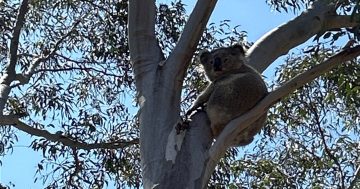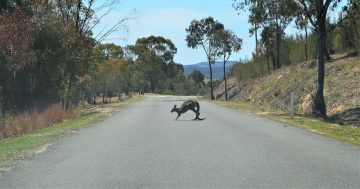One of the largest populations of striped legless lizards ever recorded has been found at Gungahlin, Minister for the Environment and Sustainable Development, Simon Corbell announced today.
The striped legless lizard is listed as vulnerable nationally and is also listed as a threatened species under Victoria’s Flora and Fauna Guarantee Act.
Mr Corbell said a recent survey found significant numbers of the reptile in three Gungahlin grassland reserves.
“In terms of size of habitat and number of lizards supported, all three Gungahlin reserves are amongst the top five reserved habitats in Australia.”In the 1990’s, the ACT Government made the decision to move the Gungahlin Town Centre away from key habitat and reserved over five square kilometres of grassland to protect the striped legless lizard.
“It is gratifying that nearly 20 years on, the Crace, Mulanggari and Gungaderra reserves each support thousands of lizards, one of the largest and highest density populations ever recorded.
“This report highlights the ACT Government’s commitment to strategic land management, conservation and planning foresight,” Mr Corbell said.
The striped legless lizard is now only found in the ACT and in seven sites in New South Wales, two in South Australia and around 70 in Victoria. Most sites are small and isolated and support relatively few lizards.
The striped legless lizard, or Delma impar, is snake-like in appearance and grows to 30 centimetres in length. They are usually pale grey-brown on the top and whitish underneath.
As the name suggests, the lizard is striped and typically features a dark and brown pattern which runs the length of its body. These lizards can be readily distinguished from small snakes by having a visible ear opening.
More information on the survey findings can be found at Environment ACT – Striped Legless Lizard Surveys 2012: Gungahlin Grassland Nature Reserves – Crace, Mulanggari and Gungaderra.







